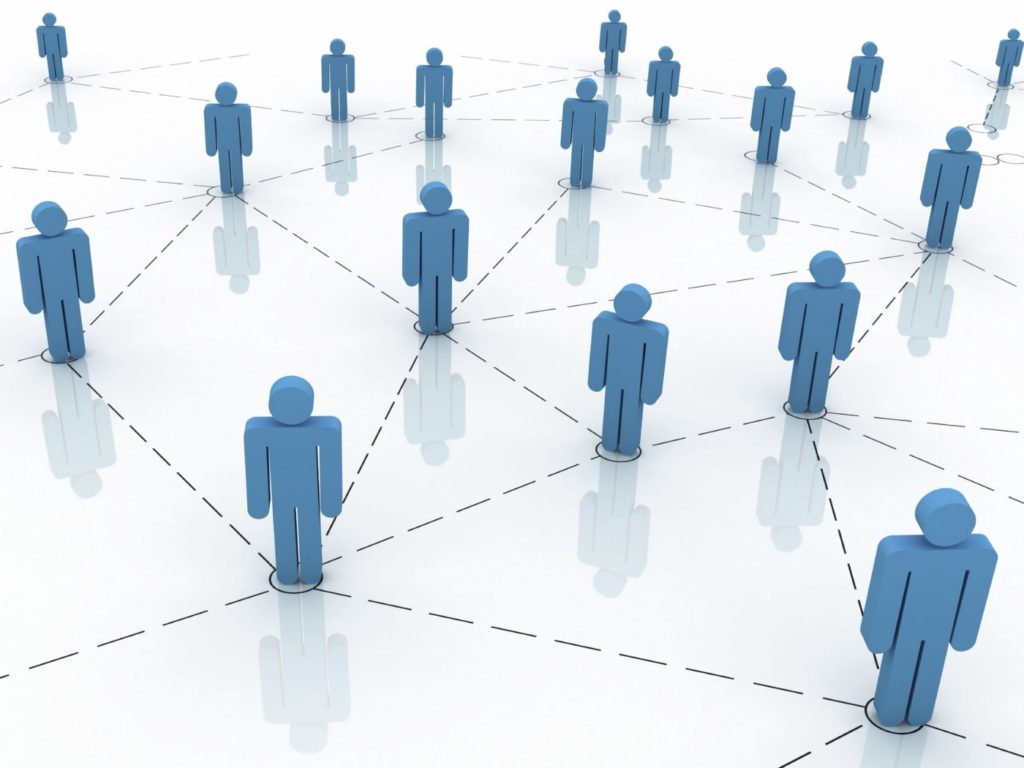
In my two last blogs, I was discussing Digital Thread and Digital Twins. If you missed, please check it out here – Digital Thread and Digital Twin. Are those new names for PLM? and What platform is needed for Digital Thread? In my article today, I want to talk about the role of people in building digital thread.
The last two months of the Covid-19 pandemic demonstrated a strong infusing of digital technologies in our everyday life. While technology is absolutely important, the other side is people and how they will be adopting new technologies and adapting to new realities. Lockdown and quarantine were shocks and the event that radically changed the trajectory of digital technologies. It became easy to see what technologies can work and what is required for people to adopt them.
As Winston Churchill once said, we should never waste a good crisis. This is probably the biggest gift pandemic gives us – the opportunity to rethink the way we work and to ensure we are positioning ourselves towards the future. For manufacturing companies and software vendors, it is a great opportunity to figure out what technology to use, but also a big opportunity to find out how to transform people.
With this in mind, I want to provide some suggestions based on my experience transforming people and organizations for the last few years to use OpenBOM technologies and helping manufacturing companies to move from Excel spreadsheets to online service and helping remote teams to collaborate online without physical meetings.
1- Focus on people and soft skills
People are sensitive to their intellectual capabilities and changes. It is very hard for engineers to rethink their processes, especially when they focus on highly intellectual work. For many years, data management and communication were perceived as unnecessarily evil added to the engineering job. Transforming the work, helping to connect the information is important, but only can be created in a team of people. The information to create a digital thread is owned by multiple people and focusing on the skills of people that can make it all work together is important beyond the traditional way of thinking about engineering work and innovation.
2- Even small teams are changing from the top
I’ve learned from working with small and medium-sized companies that even the smallest teams have hierarchies and they follow leadership. Therefore, bad leadership can stop building a digital thread. If the team is focused on black-box deliveries, you won’t get a thread. Instead, you will get siloed fragments of information. Top management strategy focuses on optimization and bringing digital technologies is absolutely needed to build a digital thread.
3- Don’t fail fast, instead change slow
You cannot change everything in a single day. Some parts of your organization will move fast and some of them will move slow. These slow-moving parts should not confuse you. If the organization is not adopting the digital tool in one day, it doesn’t mean failure. It means that it will take more time. Sometimes the learning curve is slow and it takes time. But steady improvement can allow you to build a digital thread over time. Failing fast is not what you need when you build a digital thread.
Ask me how is this related to the digital thread? Here is the thing… you can get all data loaded in the system and it won’t help, because you won’t transform the way companies are connected and working together. New databases can be established in the cloud, but they will create a new digital siloes without digital thread and connections, so move all together is a key. Finally, show the value that can be monetized by multiple organizations, so they will start building and improving this digital thread because it is a common entity belonging to multiple organizations.
What is my conclusion?
The digital thread is a shared information space. Every person and organization plays a specific role in the process of building and using the digital thread. It connects OEM companies, contractors, suppliers, engineers, and customers together. It must be created to provide value, otherwise, it is dead and won’t survive. New data management technologies are absolutely needed to build a Digital Thread, but also people that collectively will play a role in building these new network platforms to grow together. Just my thoughts…
Best, Oleg
Disclaimer: I’m co-founder and CEO of OpenBOM developing cloud based bill of materials and inventory management tool for manufacturing companies, hardware startups, and supply chain. My opinion can be unintentionally biased.
The post How To Build A Digital Thread… Slow appeared first on Beyond PLM (Product Lifecycle Management) Blog.



Be the first to post a comment.